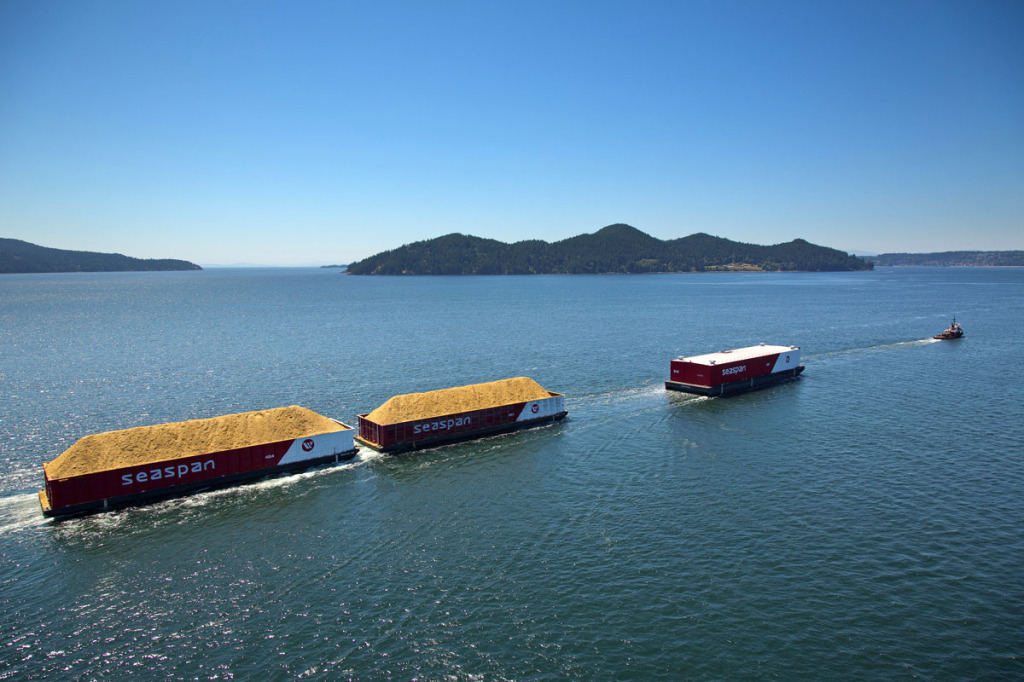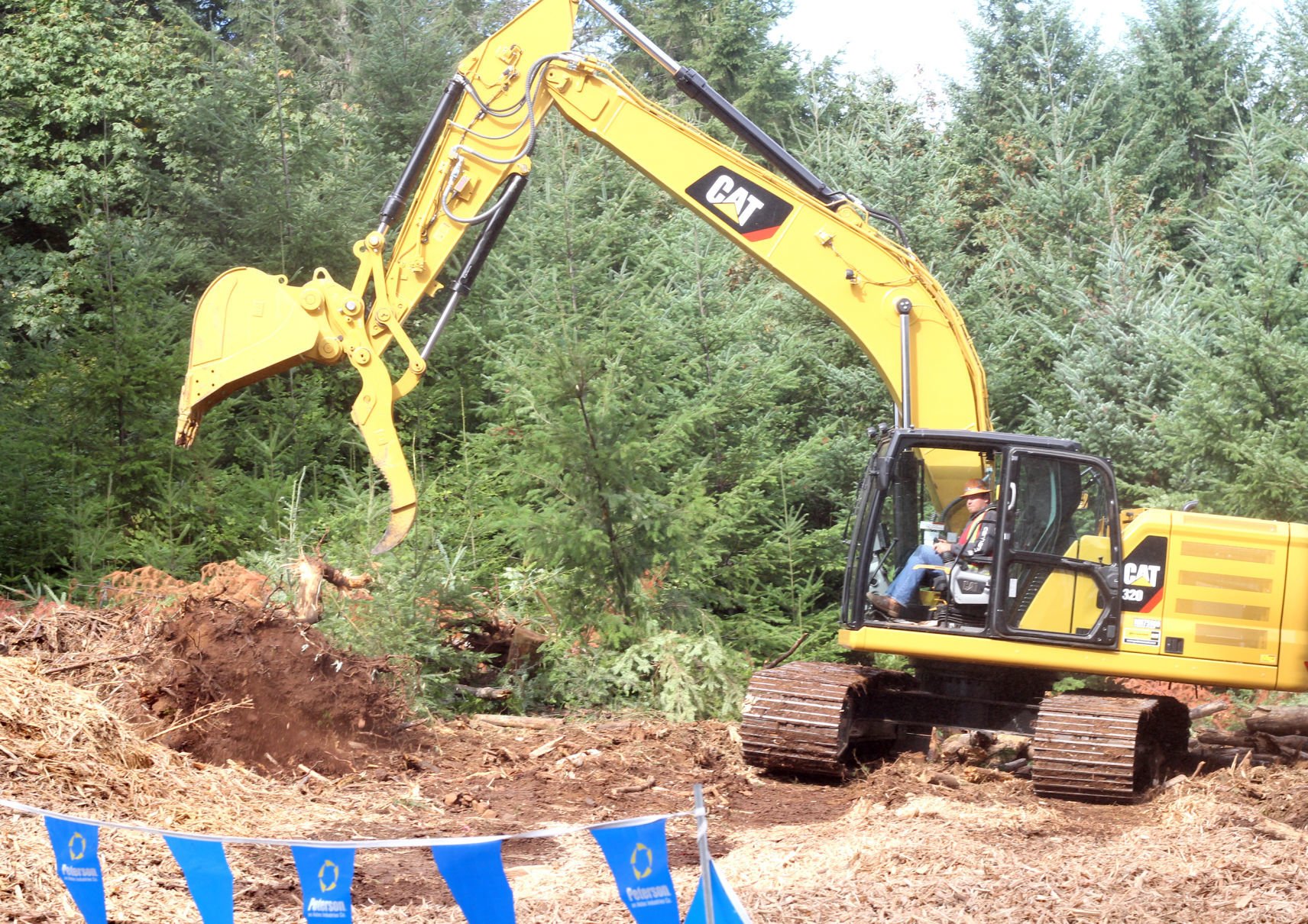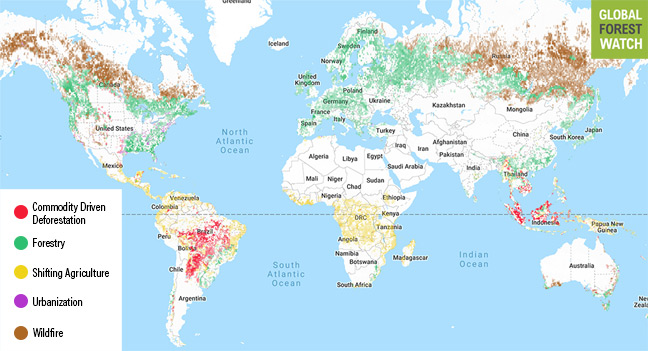 What’s causing global deforestation? A new study reveals the drivers are—in order of importance—commodity crops, forestry, wildfire, agriculture and urbanization. In related news: could planting forests ease Australia’s drought; and Apple is restoring Columbia mangrove forests to sequester carbon.
What’s causing global deforestation? A new study reveals the drivers are—in order of importance—commodity crops, forestry, wildfire, agriculture and urbanization. In related news: could planting forests ease Australia’s drought; and Apple is restoring Columbia mangrove forests to sequester carbon.
In Forestry news: new plant species are found in a forest near Prince George BC; FPAC calls for additional protection for the endangered caribou: wilderness group says critical habitat is being lost in BC; goats are being airlifted out of a Washington forest; and Oregon rejects ENGO call to protect the Humboldt marten.
Finally, a hardwood substitute made from rice husk makes its debut in Australia; the cutting edge of forest logging is on display in Oregon; satellites and heat-sensing instruments help fight wildfires in Idaho; and pointing fingers won’t help solve Utah’s challenge.
–Kelly McCloskey, Tree Frog Editor


























